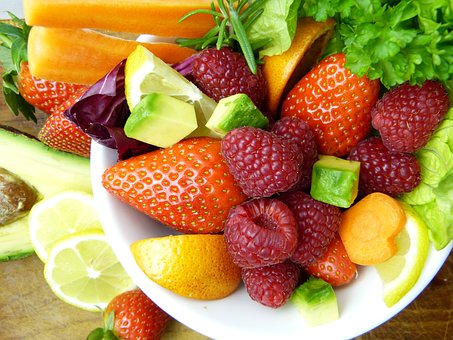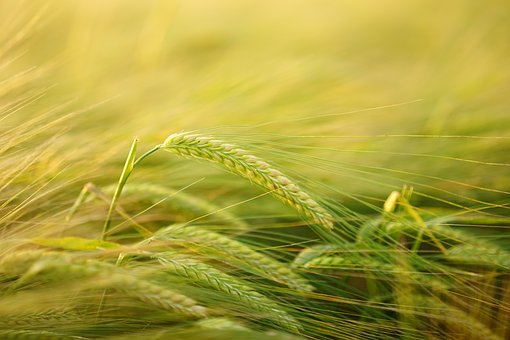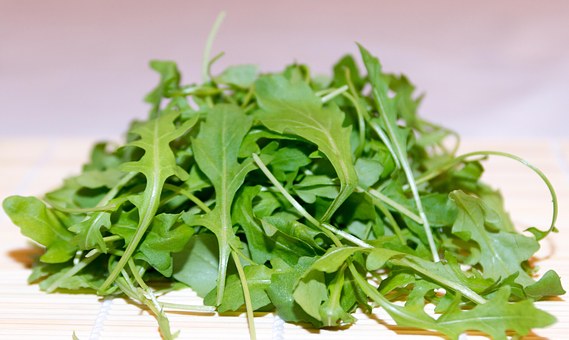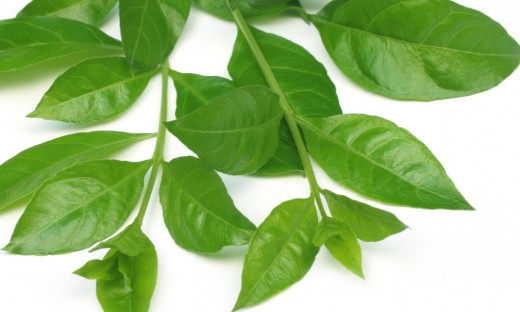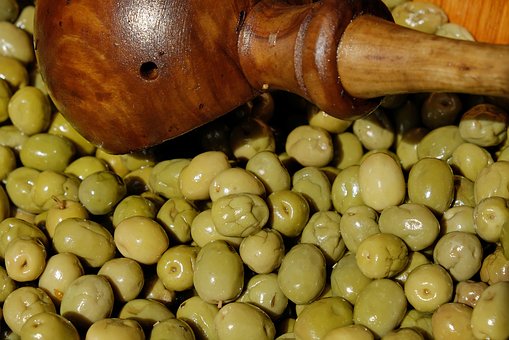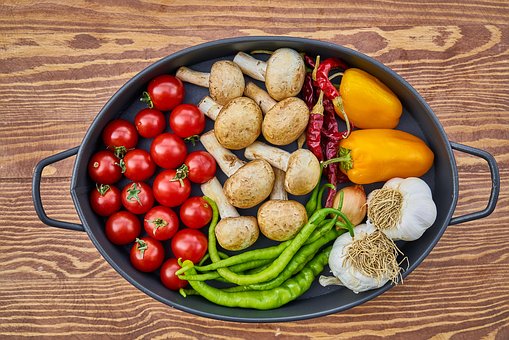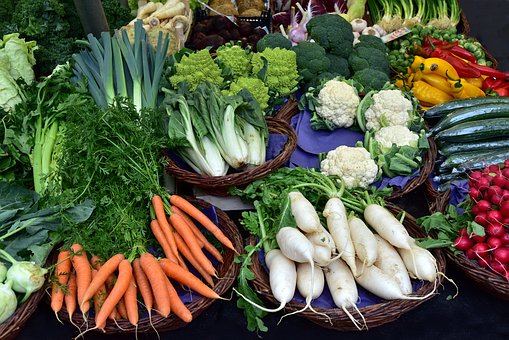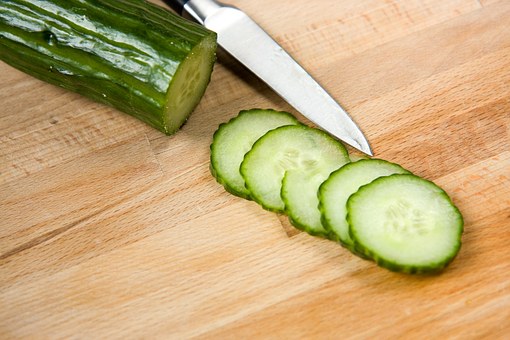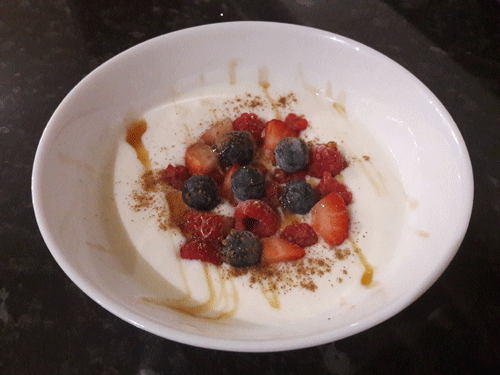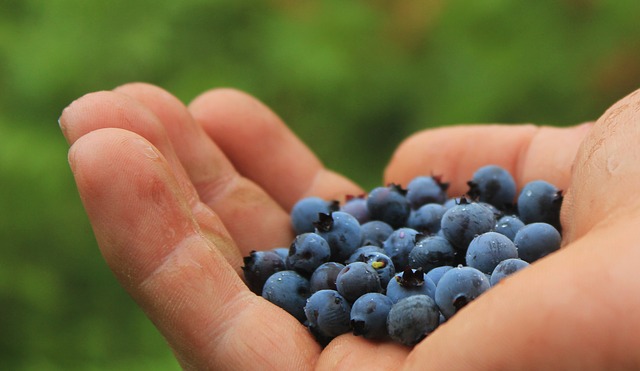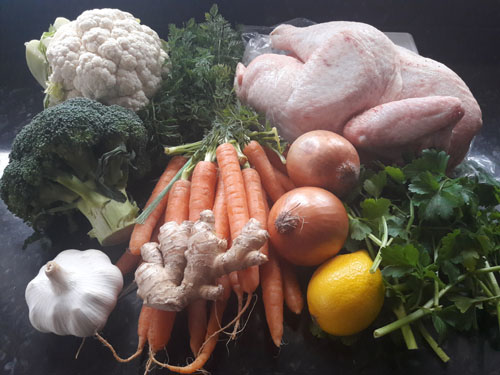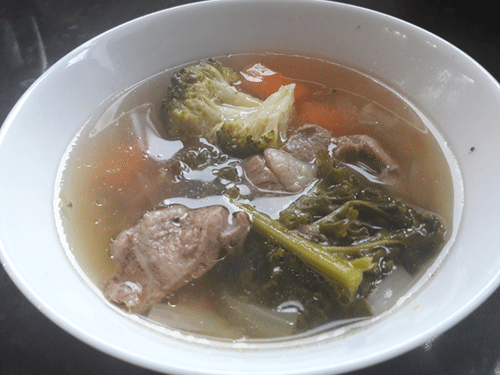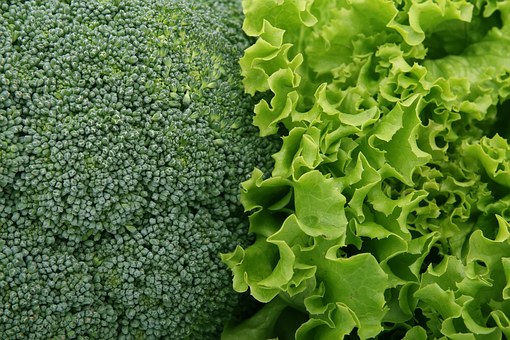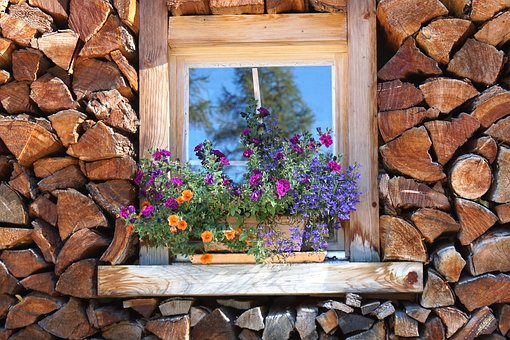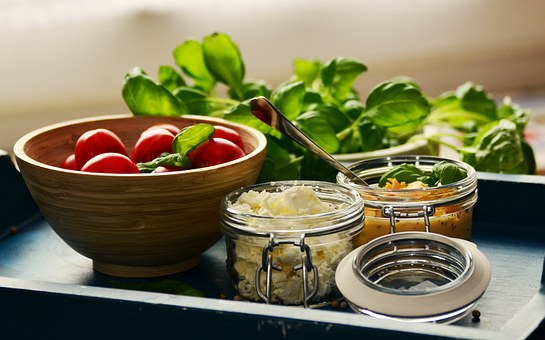Ibn al-Qayyim: Cress is Beneficial for the Stomach, Asthma and Hair Loss
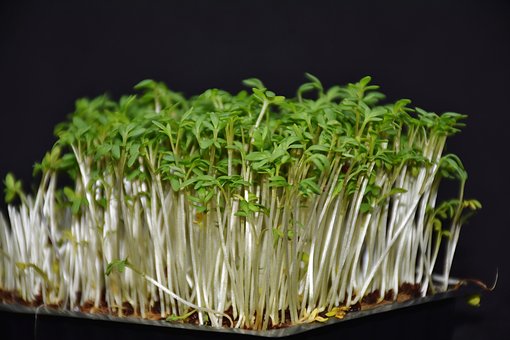
- Warming and softening the belly
- Reducing inflammation of the spleen when combined with honey
- Preventing hair loss
- Increasing appetite
- Asthma and clearing the lungs
He also said that if cress was crushed and drunk with hot water, it was beneficial for colic and vitiligo (a chronic condition that causes pale, white patches to develop on the skin).
What Is Cress?
Cress (botanical name Lepidum sativum) is commonly known as garden cress and is closely related to mustard and watercress. It is an edible plant that has a peppery flavor and aroma similar to mustard and watercress.
Garden cress contains significant amounts of iron, calcium, folic acid and vitamins A and C. It is also a source of phytochemicals and antioxidants.
One study has shown the chemoprotective effects of garden cress in colon cancer. The study analysed garden cress juice and found that it was more effective than pure chemicals in reducing DNA damage.
How to Grow Cress
Cress is very easy to grow. It can be grown all year round indoors or in the garden in Spring. When grown indoors, either seed trays or wet cotton wool in pots are usually used.
To grow cress in seed trays, lightly sprinkle the seeds onto fine compost and cover them with a very thin layer of compost. Keep the trays moist at all times, preferably on a warm windowsill.
To grow cress on cotton wool, soak the cotton wool in water and stuff it into a small pot. Sprinkle the seeds on top, and keep them well watered until they start to sprout. Keep the cress in a light area, but not in direct sunlight, and ensure the cotton wool stays wet throughout germination.
The seeds should begin to sprout in a few days and in about 3-7 days the cress will be ready to use as young sprouts. It can also be left to mature and develop big, peppery leaves, however if left for too long the cress will become tough and bitter.
Tips on Using Cress
- Both the leaves and stems of cress can be eaten raw in salads or sandwiches, and are sometimes called cress sprouts.
- When buying cress, look for firm, evenly colored, rich green leaves. Avoid cress with any signs of slime, wilting, or discoloration.
- Cress can be stored in the refrigerator in plastic for up to five days.
- To prolong the life of cress, place the stems in a glass container with water and cover them, refrigerating the cress until it is needed.
- Leave the greens on the stems until they are ready to be used and wash the cress before use.
References
- Kassie F, Rabot S, Uhl M, Huber W, Qin H M, Helma C, Schulte-Hermann R, Knasmüller S (2002). Chemoprotective effects of garden cress (Lepidium sativum) and its constituents towards 2-amino-3-methyl-imidazo [4,5-f] quinoline (IQ)-induced genotoxic effects and colonic preneoplastic lesions. Carcinogenesis, Vol. 23, No. 7, 1155-1161.
Link to this article: Show: HTML Link • Full Link • Short Link
Share or Bookmark this page: You will need to have an account with the selected service in order to post links or bookmark this page.





|
Related Articles:
Add a Comment
You must be registered and logged in to comment.
Most Popular
Latest Articles
Popular Subjects
Health, fitness and longevity
Based upon the principles of health
in the Qur'an and Prophetic Traditions.
HealthyMuslim.Com
There are two bounties in which
most people lose out: good health
and free time. Al-Bukhari.





